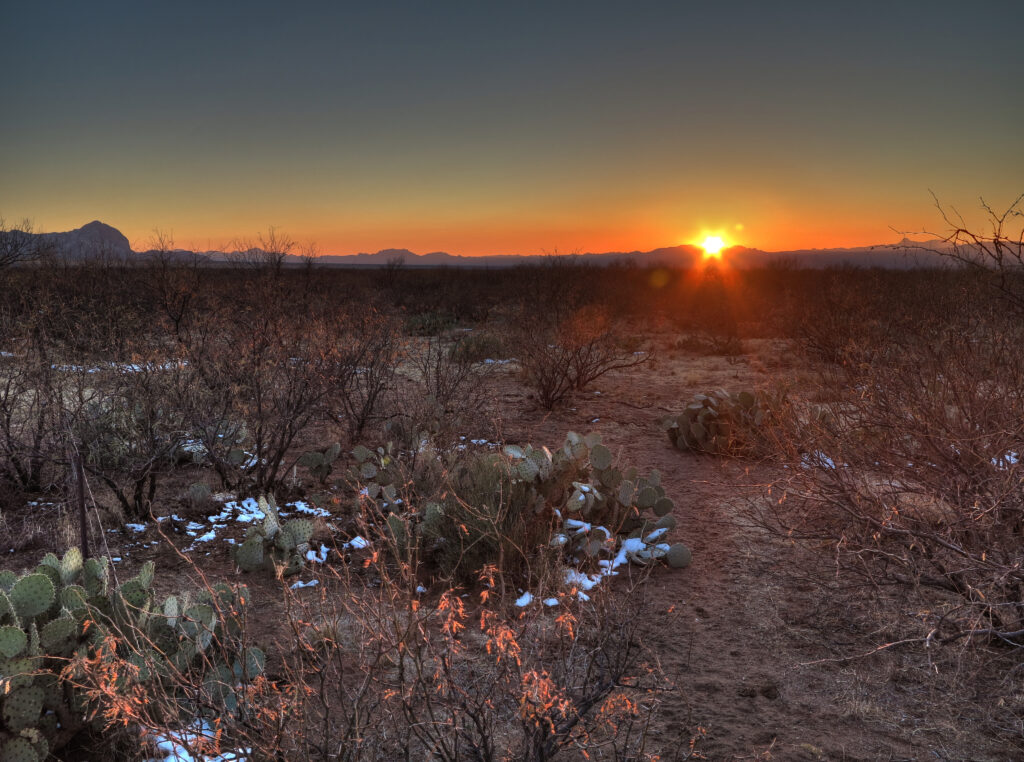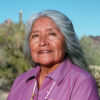Rock Drawings

“Rock Drawings” is part of the collection Indigenizing What It Means to Be Human. Read the introduction to the collection here.
“The mountains are like handrails.”
—The late Danny Lopez, a Tohono O’odham elder
This would have been a good place to stay a while
there is water nearby.
People staying would have left marks on rocks
to say, “We came through here.”
Or people might have left a symbol to say,
“Stayed here for one season.”
In the worst of times whatever those might have been—floods, famine
Signs were left that said, “Don’t follow us.
We need to be on our own.
This is how we will all survive.”
The marks on the rocks go on to say,
“We will resemble you in many ways
but over time there will be differences.
Those differences make us all strong.
We will remember the songs, prayers, and language we were given.
Over time they too will change.
The essence, parts of the rhythm will always remind us of when we left you.
We didn’t want to leave.
We had to leave.
To survive we had to leave.

































